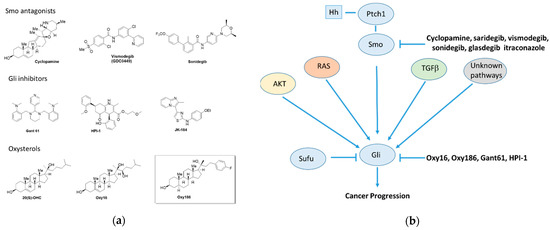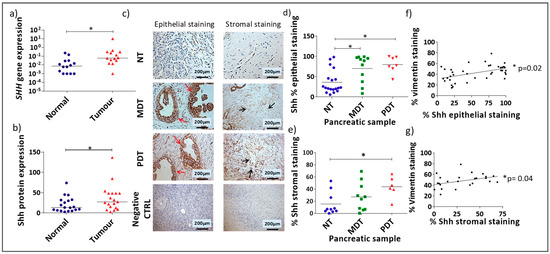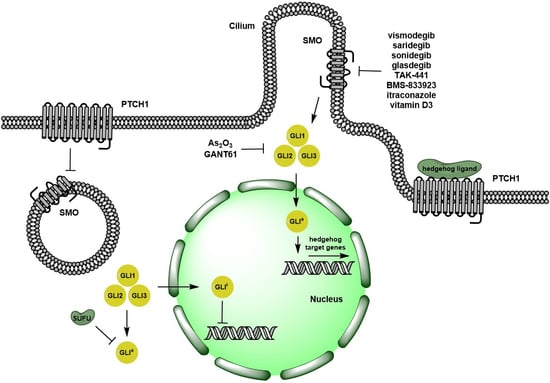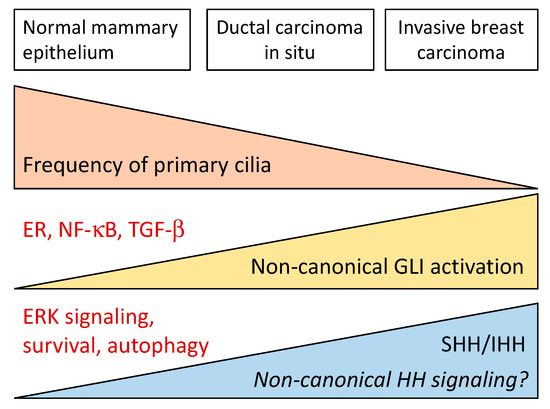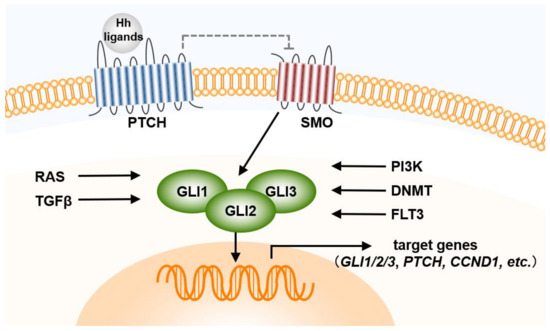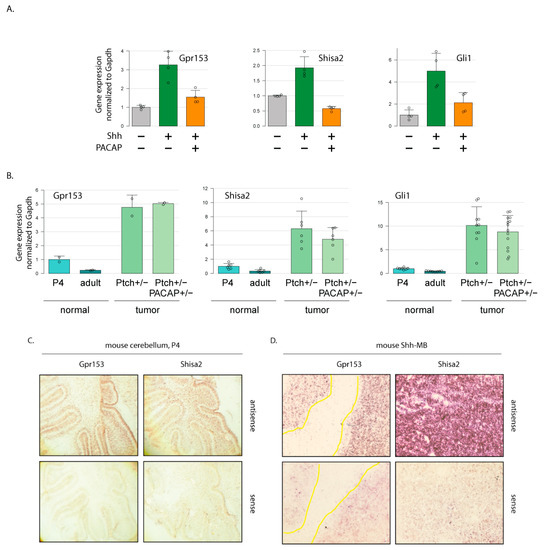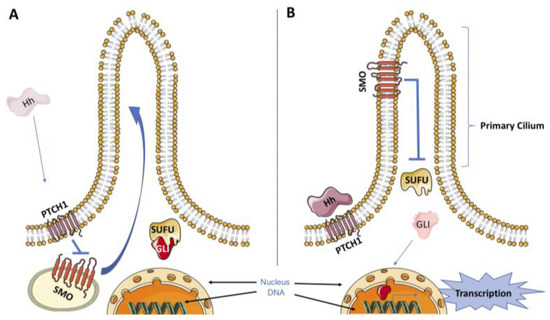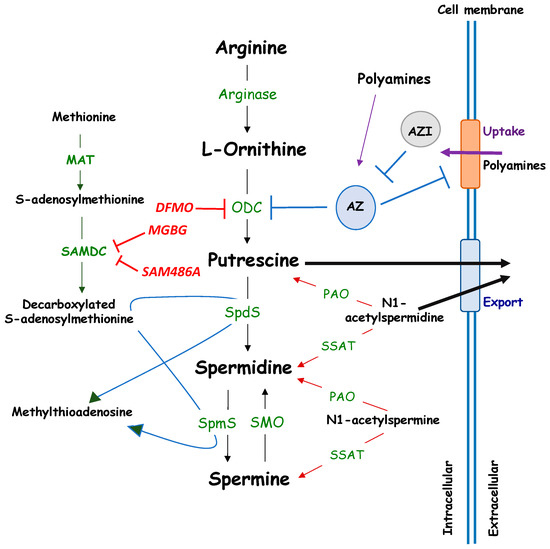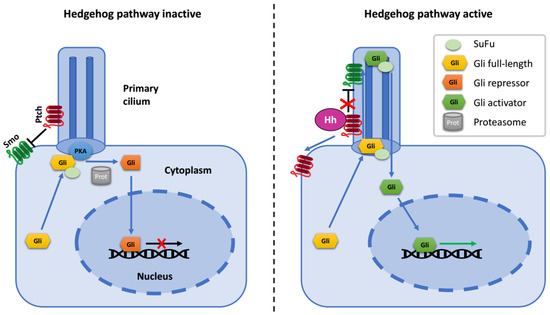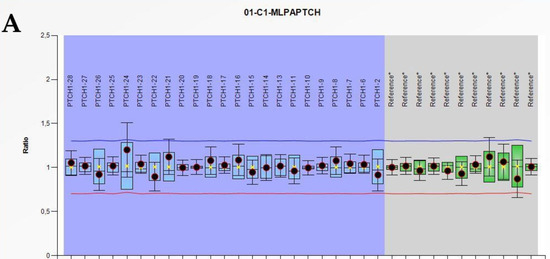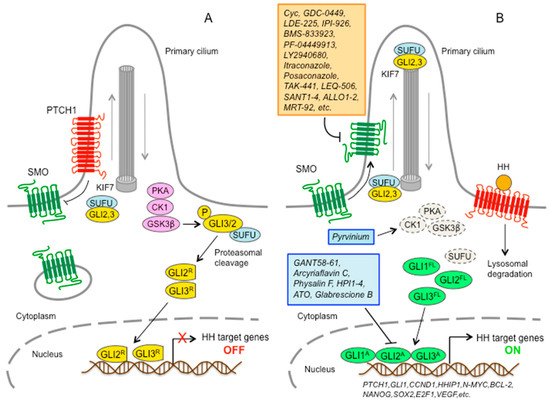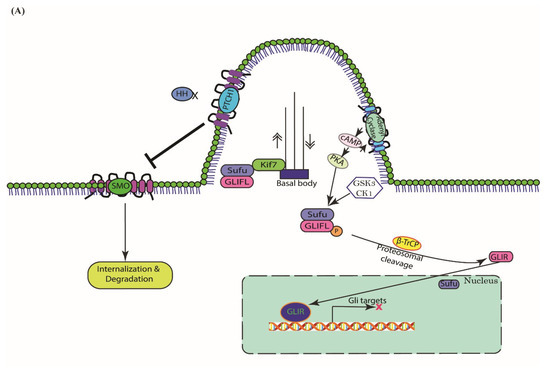Hedgehog Signal Transduction in Physiology and Disease
A topical collection in Cells (ISSN 2073-4409). This collection belongs to the section "Cell Signaling".
Viewed by 86751Editor
Topical Collection Information
Dear Colleagues,
Since its discovery in 1998, the Hedgehog proteins and the signals they stimulate in different cell types and organisms have been the subject of intense investigation in relation to their roles in embryonic development and some disease conditions such as cancer and fibrosis. Mutations in any of the genes encoding the central components lead to congenital defects and/or cancer development. Regulation of key cellular processes by Hedgehog signaling includes proliferation, differentiation, apoptosis, autophagy, and cell-type specific functions, such as cytotoxic T cell killing and excitable cell action potential tuning. This Topic Collection is open to submissions of mechanistic aspects of canonical and non-canonical Hedgehog signaling in normal cells and tissues, as well as its dysregulation in disease conditions, development and/or characterization of small molecule modulators of the pathway, crosstalk with other signaling pathways, identification of key transcriptional outputs, and development of novel animal and cell-based models.
We look forward to your valuable contributions.
Dr. Natalia Riobo-Del Galdo
Collection Editor
Manuscript Submission Information
Manuscripts should be submitted online at www.mdpi.com by registering and logging in to this website. Once you are registered, click here to go to the submission form. Manuscripts can be submitted until the deadline. All submissions that pass pre-check are peer-reviewed. Accepted papers will be published continuously in the journal (as soon as accepted) and will be listed together on the collection website. Research articles, review articles as well as short communications are invited. For planned papers, a title and short abstract (about 100 words) can be sent to the Editorial Office for announcement on this website.
Submitted manuscripts should not have been published previously, nor be under consideration for publication elsewhere (except conference proceedings papers). All manuscripts are thoroughly refereed through a single-blind peer-review process. A guide for authors and other relevant information for submission of manuscripts is available on the Instructions for Authors page. Cells is an international peer-reviewed open access semimonthly journal published by MDPI.
Please visit the Instructions for Authors page before submitting a manuscript. The Article Processing Charge (APC) for publication in this open access journal is 2700 CHF (Swiss Francs). Submitted papers should be well formatted and use good English. Authors may use MDPI's English editing service prior to publication or during author revisions.
Keywords
- Hedgehog
- Cancer
- Smoothened inhibitors
- Non-canonical activation of Gli
- Efficacy and safety
- Mechanisms of treatment resistance






